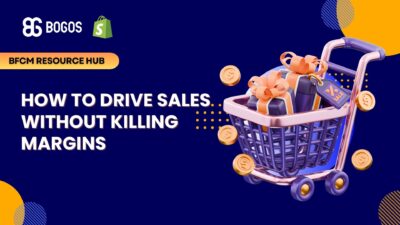
BFCM Guide: How to Drive Sales Without Killing Margins
Summary Black Friday Cyber Monday is the Super Bowl of eCommerce, the biggest revenue opportunity of the year. For...
Digital Marketing Specialist
BFCM brings massive opportunity, but also the headache of competing on price while watching your margins disappear and customers abandoning their carts at checkout. Instead of slashing prices, we recommend Gift With Purchase as a proven way to increase average order value without hurting profitability.
Research shows GWP taps into powerful psychological triggers like the goal-gradient effect and reciprocity, pushing customers to spend more while feeling great about their purchase. We’ve tested the leading Shopify GWP apps and will share our top 4 recommendations, plus the exact strategies that turn browsers into buyers. Let’s dive into it now!
Average Order Value is the average amount a customer spends per transaction, calculated as revenue divided by orders. This metric is critical in ecommerce because a higher AOV allows you to generate more revenue from the same amount of traffic.
Shopify highlights AOV as one of the most powerful levers to improve profitability: raising it means you can offset customer acquisition costs more easily and reinvest in marketing, product, or customer experience without always relying on steep discounts.
To see why free gift with purchase campaigns boost AOV, let’s look at the main factors backed by research and data.
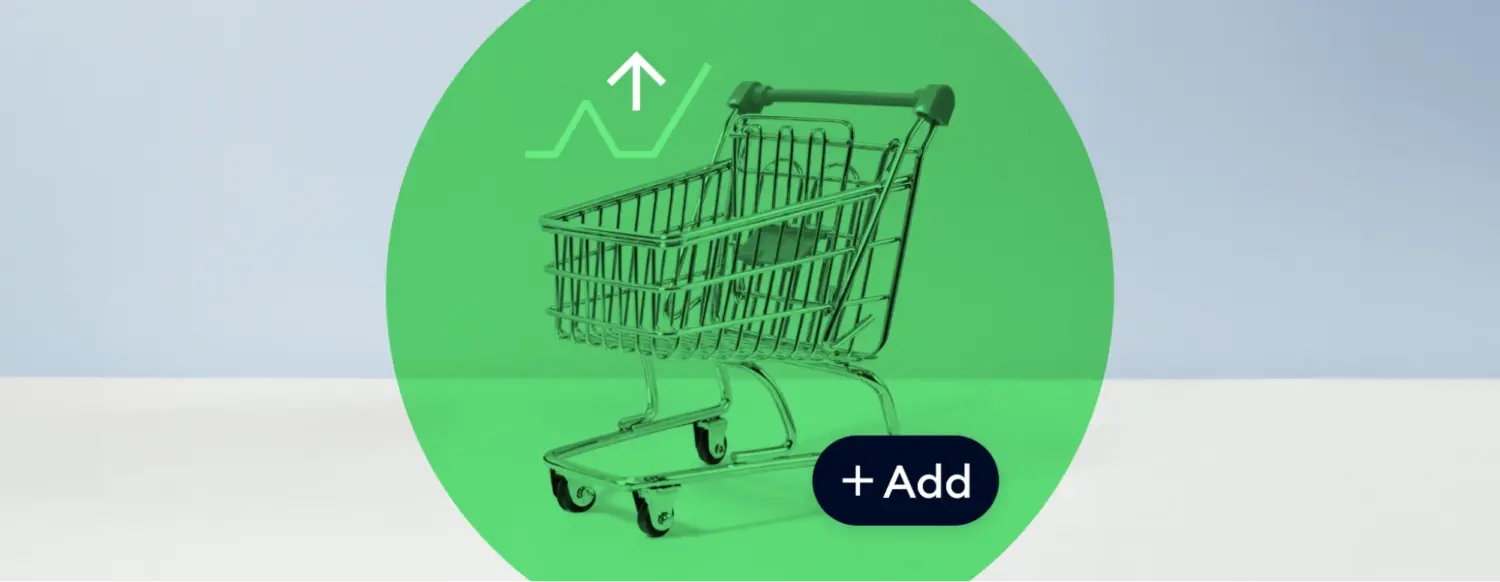
When you tie a gift to a clear spend line and make progress visible in the cart, shoppers naturally add one more item to “get there.” Two robust findings explain this lift:
Both have been demonstrated in peer-reviewed research and translate cleanly to ecommerce thresholds.
Real-world preference data backs it up. FedEx reports that 81% percent of shoppers are willing to increase spending to meet a free-shipping threshold, while UPS found that the majority have added items to qualify. Shopify’s own enterprise guidance notes that nearly half will add items for free shipping. Together, these findings justify thresholds as an AOV lever, especially during BFCM.
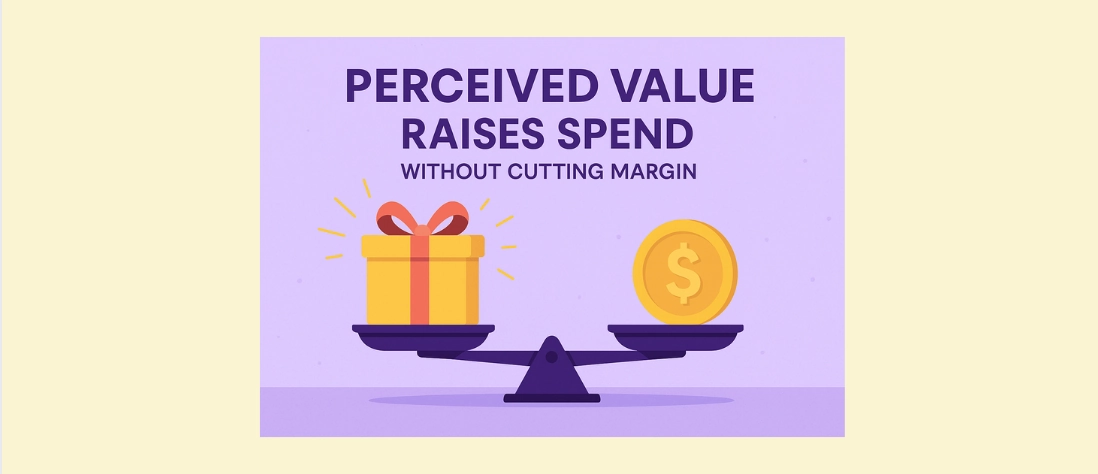
One of the strongest levers of a gift-with-purchase is its ability to deliver high perceived value at a low cost. A deluxe sample or travel-size product often costs the retailer very little, but to the shopper, it feels like a meaningful bonus. This perception of “getting more than you paid for” makes it easier to justify adding an extra item to reach the spend threshold, without you having to resort to deep discounts that eat into margins.
From a psychological perspective, customers value the experience of gain. This effect is well documented in consumer behavior research: studies published in the Journal of Retailing found that in-store sampling programs not only triggered immediate sales spikes but also led to sustained sales lift over weeks following the promotion.
The evidence extends beyond academia. Nielsen has consistently found that experiential tactics like sampling outperform traditional promotions when it comes to driving purchase intent. For instance, a SoHoSampling survey (2025) reported that 73% of consumers are more likely to buy a product after receiving a sample, while only 25% would buy after seeing a standard ad.
In other words, when your gift strategy taps into perceived value, you’re not just boosting today’s order but creating momentum for repeat spending tomorrow.
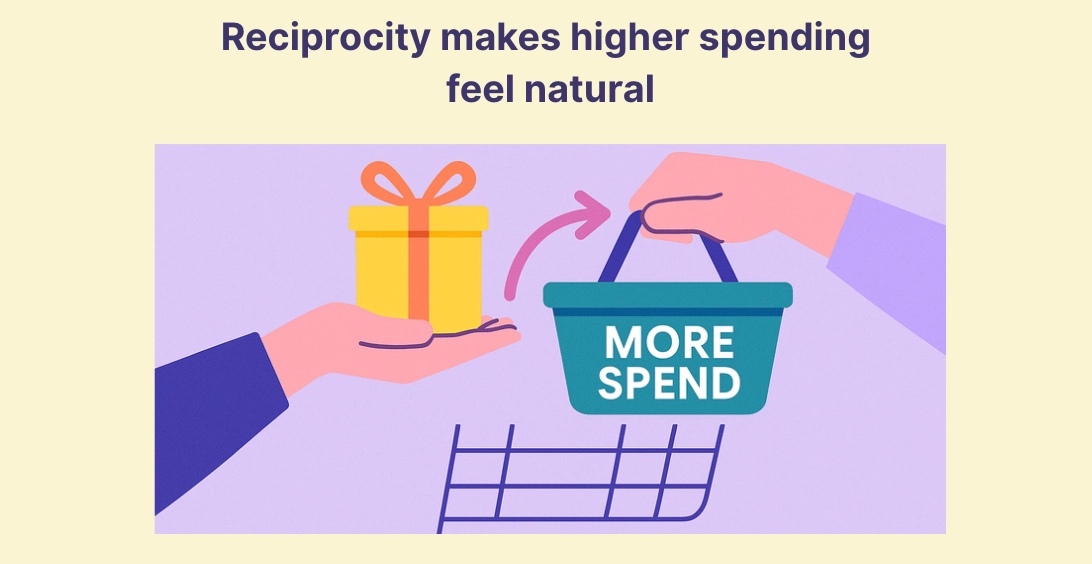
Reciprocity is a powerful social norm: when someone gives us something, even something small like a mint, we feel an urge to give back. In behavioral psychology, being the first to give, especially in a personalized or unexpected way, triggers the pull to reciprocate.
Robert Cialdini outlines this as one of the six universal principles of persuasion: people tend to return favors and maintain balance in social exchanges.
Behavioral experiments confirm that this matters in retail too. In a real-world experiment reported in the International Journal of Marketing Studies, customers who were greeted with a surprise gift upon entering a store (a yogurt cup or keychain) spent 46.4% more than those who received no greeting or gift, even though the gift itself was inexpensive. The takeaway? Small surprises create meaningful reciprocity that shifts spending behavior.
This is the second major reason gift-with-purchase campaigns drive results. According to the Baymard Institute, the average cart abandonment rate sits around 70%, and the leading cause is the appearance of extra costs (like shipping or fees) at checkout. That’s the exact moment when a well-placed gift can flip hesitation into a deal.
To understand why GWP is so effective here, let’s look at three dynamics it activates at checkout.
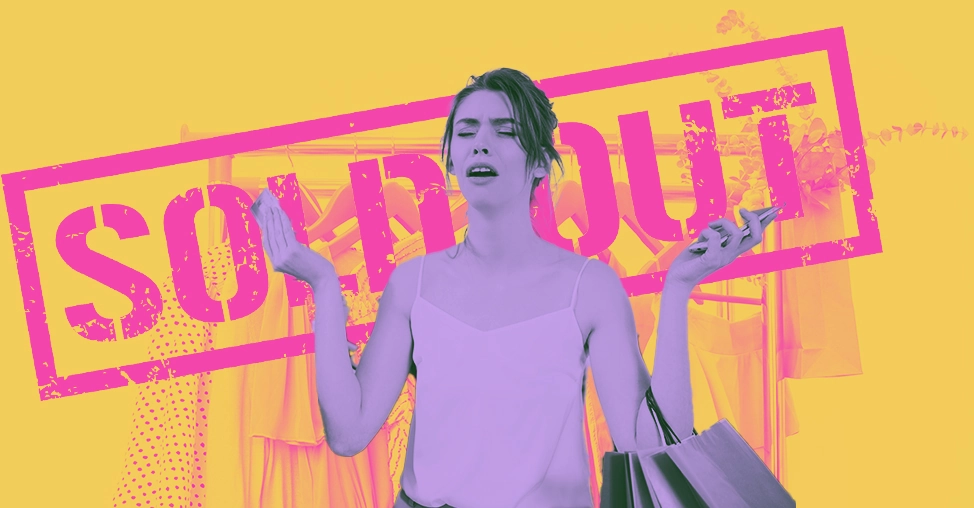
When a free gift is available only for a limited time or while supplies last, people move faster. Scarcity reliably heightens perceived value (the classic cookie-jar studies and later replications show this), and a recent meta-analysis of 131 studies finds that scarcity cues do lift purchase outcomes, especially demand-based or quantity scarcity, which broadcasts “others want this, too.”
For ecommerce, that means copy like “Today only” or “First 500 orders” can accelerate checkout, provided the constraint is genuine.
One noticeable thing for you: online time scarcity can backfire if it feels like cheap pressure. Research published by the American Marketing Association reports that some countdown-style tactics are less effective on the web because shoppers recognize the persuasion attempt. Quantity-based or stock-based scarcity tends to be safer and more credible.
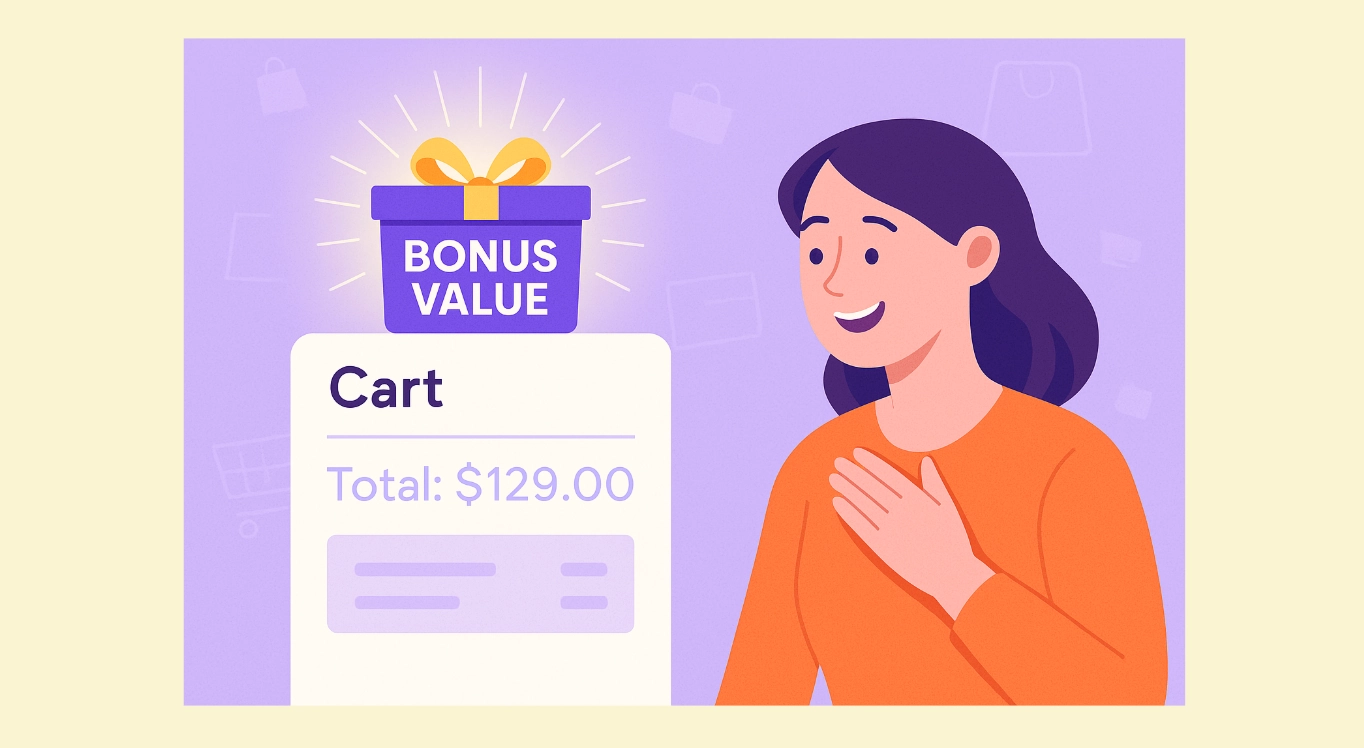
A gift reframes the decision. Instead of fixating on the final total, shoppers weigh the “bonus value” they’re unlocking — an anchoring effect supported by judgment research going back to Tversky & Kahneman.
There’s also an emotional layer. Unlike discounts, which feel purely transactional, gifts deliver enjoyment: exploration, entertainment, product discovery. Research on non-monetary promotions shows they’re especially powerful in hedonic categories like beauty or specialty food, because customers value the experience as much as the savings. That shift in focus reduces price sensitivity at the exact moment when extra costs would normally cause shoppers to abandon their cart.
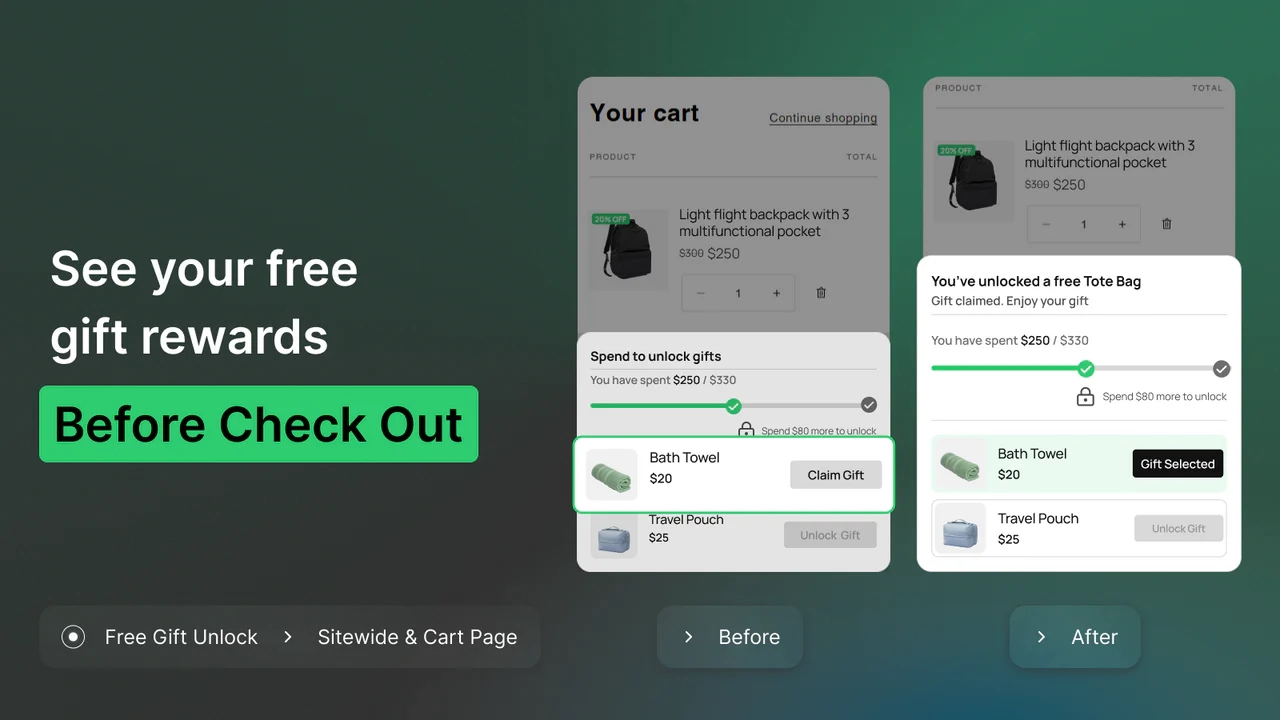
One overlooked strength of GWP is how it shapes the memory of the purchase. Behavioral research on the peak-end rule shows that people judge an experience by its most intense moment and by how it ends. If the last touchpoint of checkout includes a small but valued gift, the purchase is remembered more fondly. That memory makes shoppers less likely to abandon in the moment, and more likely to come back in the future.
Sephora puts this into practice by allowing customers to select two free samples with every online order. These aren’t positioned as random giveaways, but as a personalized “choice” that adds agency and delight.
Customers see the samples pre-loaded in their cart, and if they leave the checkout, the samples disappear. This approach gives shoppers control and makes the offer feel scarce, reducing drop-off risk while also improving how they recall the buying experience.
Theory only goes so far; tools make it real. These four apps are the most popular ways to launch gift-with-purchase offers on Shopify.
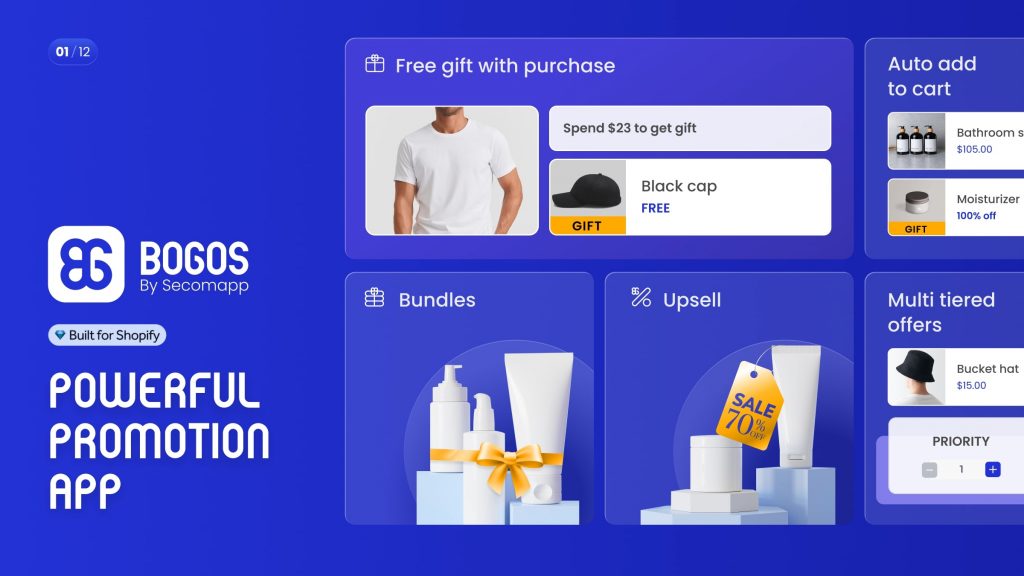
BOGOS is purpose-built for GWP and covers the patterns most merchants want: Buy X Get Y, true “free gift with purchase,” and tiered gift thresholds. You can auto-add the gift the moment a shopper qualifies or let them choose a gift from a pop-up (useful when you want to drive discovery), and you can prioritize multiple offers so the right one fires first.
Targeting is deep for a promotions app: rules by specific URL, location, order history, and customer tags, and it works with Shopify POS, Checkout Extensibility, and even headless/Hydrogen setups.
Pricing starts free (30 lifetime orders), then $29.99, $49.99, and $99.99/month, with monthly “free orders” included at each tier before a small per-order overage.
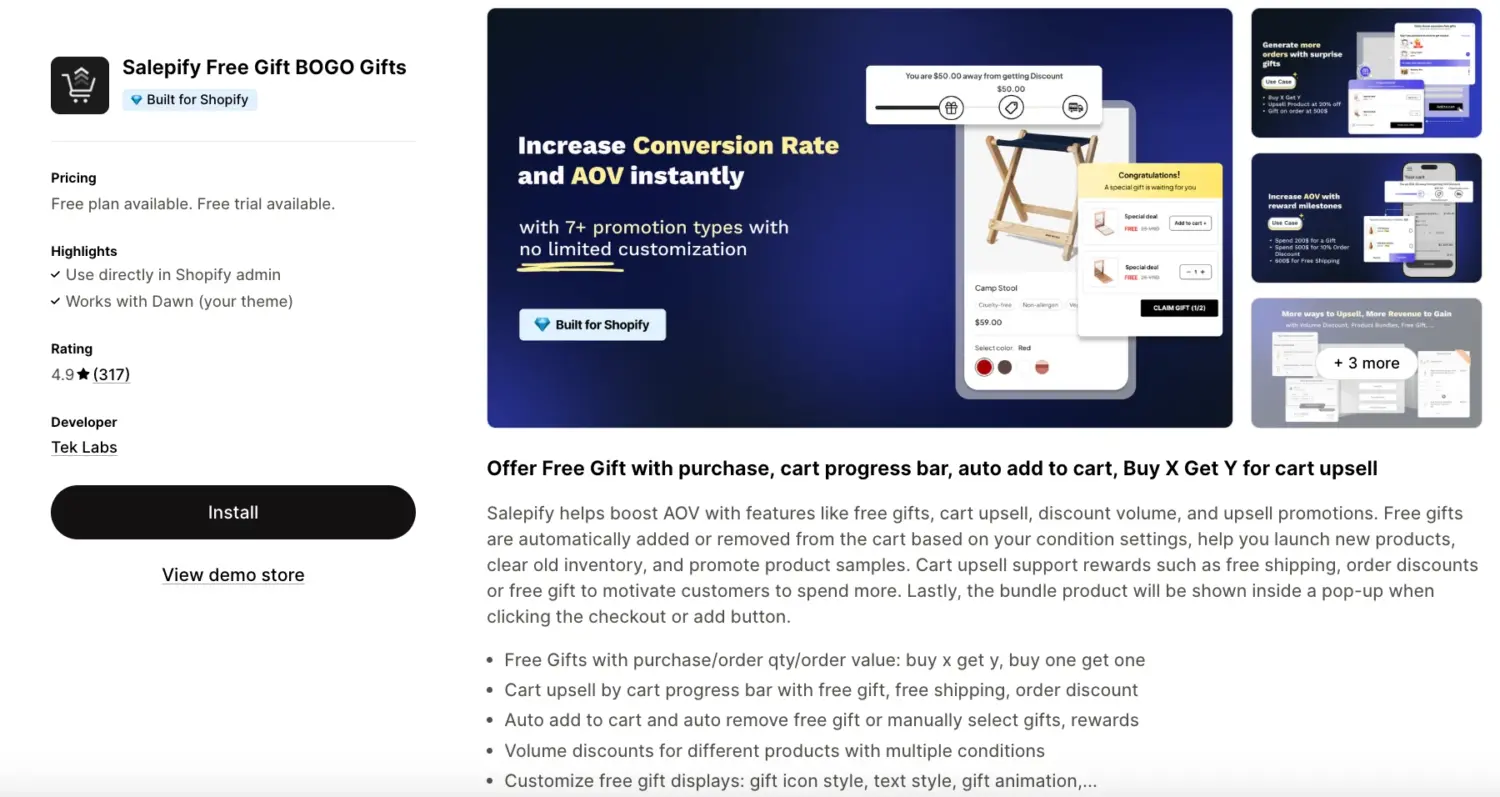
Meanwhile, Salepify focuses on quick GWP builds with safeguards. It will auto-add a gift the moment a cart meets your conditions and auto-remove it if the cart falls below the threshold, so you don’t have to clean up edge cases. You also get a visible progress bar in the cart to nudge shoppers toward the spend line, plus analytics and even A/B test views inside the app so you can keep what performs.
The trade-off is that enabling Salepify requires turning on up to six theme blocks (embedded gift, popup gift, progress bar, bundle, volume discount, BOGO). That’s not hard, but it’s a few steps, so plan a quick theme pass when you install.
Pricing is friendly: a free plan (one active campaign) and paid tiers at $19.99, $29.99, and $49.99/month (Shopify Plus is $99.99).
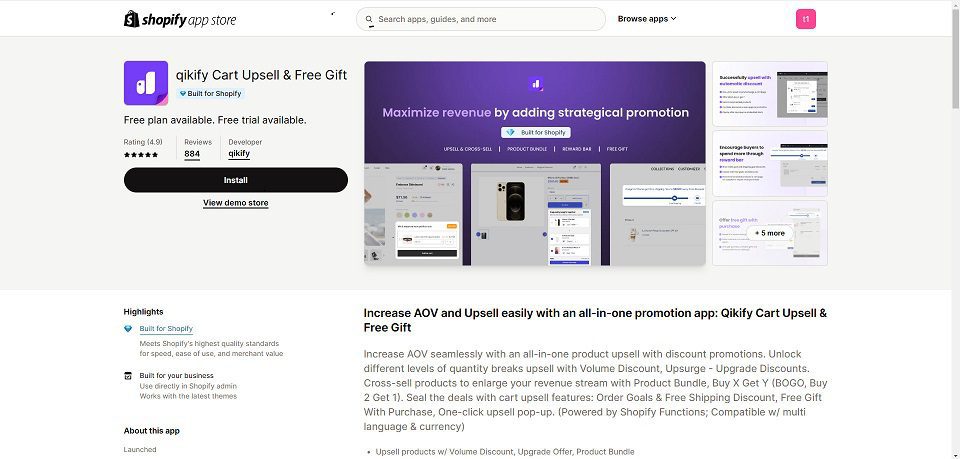
Qikify is a good fit when you want GWP plus upsells across the journey. You can run Buy X Get Y or free-gift rules, show pre-purchase popups, add cart and checkout upsells, and track results with built-in analytics. Campaign scheduling is handy for BFCM windows, and the app plays nicely with common builders like PageFly and GemPages.
The catch is that the free plan is limited to one active campaign, and fuller control, such as scheduling, priority support, and detailed analytics, is only available in higher tiers. For that reason, you may need to budget for a paid plan if you want more depth.
Prices run from a free plan to $9.99, $24.99, and $49.99/month, with a Plus option for larger stores.
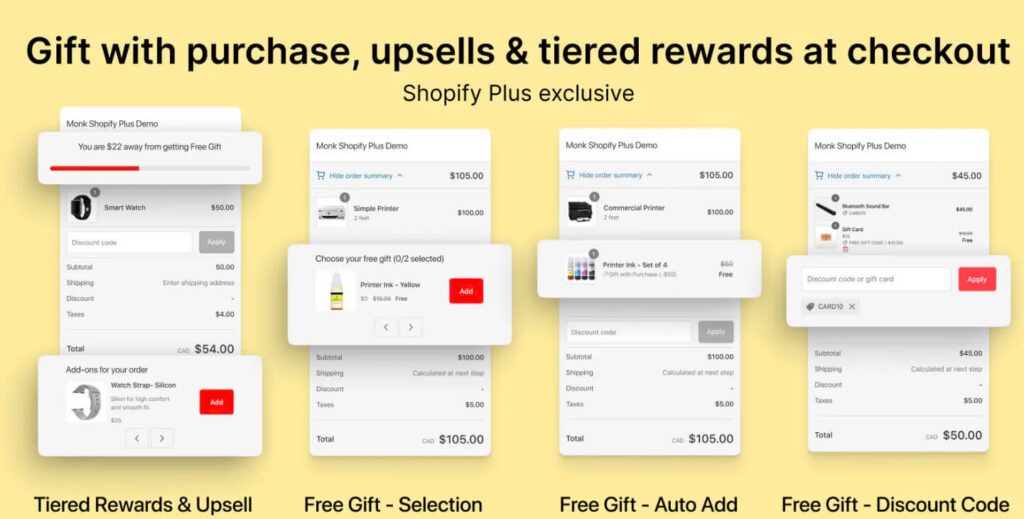
Monk Free Gift leans into complex reward ladders and checkout-level visibility. If you run tiered spend ladders (“Spend $75, get X; spend $125, get Y”), Monk’s progress bars and eligibility rules make those feel clean, and you can surface gifts all the way into checkout on Shopify Plus. It’s useful when you want the “you’ve qualified” message at the final step.
It also supports post-purchase upsells, so you can offer a related item after the order is placed without breaking the gift flow.
The downside is price: there’s no free plan for live stores, and tiers start at $49/month (up to 1,000 orders) and $149/month for higher volume.
We’ve seen how GWP drives higher AOV and lowers cart abandonment, and the right tools make it simple to put into action. Our go-to recommendation is BOGOS because it’s built for Shopify merchants and gives you full control over how gifts appear. Give it a try and see how much smoother your next BFCM campaign can be.
Gift With Purchase is a marketing strategy where customers get a free item when they spend a certain amount or buy specific products. It’s different from discounts because customers receive actual products instead of price reductions. This creates higher perceived value while protecting your profit margins.
Set your threshold 10-20% higher than your current average order value. For example, if customers usually spend $65, set your gift threshold at $75-80. This makes the goal feel achievable while still pushing customers to spend more than they normally would.
GWP works by setting spending thresholds that encourage customers to add more items to their cart. When shoppers see they need to spend just $20 more to get a free gift, 81% will add extra products to qualify. This naturally increases your average order value by 15-30% without cutting prices.
Yes, GWP can significantly reduce the 70% average cart abandonment rate. When customers see extra costs at checkout, a free gift reframes the purchase as a good deal instead of an unexpected expense. The gift shifts focus away from the total price to the bonus value they’re receiving.
BOGOS is the top choice because it’s built specifically for Shopify and offers full control over gift displays. It handles complex rules, auto-adds gifts to carts, and works with checkout extensions. Pricing starts free for 30 orders, then $29.99/month for most stores.


Summary Black Friday Cyber Monday is the Super Bowl of eCommerce, the biggest revenue opportunity of the year. For...
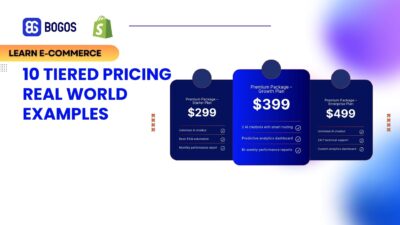
Summary Tiered pricing is a strategy in which a product or service is offered in multiple levels or packages,...
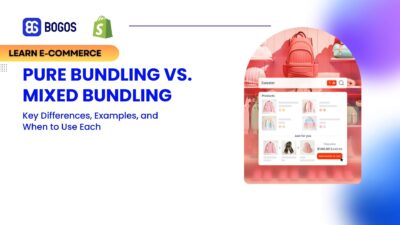
Summary Many merchants assume that more on-site features will automatically lead to bigger carts, yet strategy always outweighs tools....
